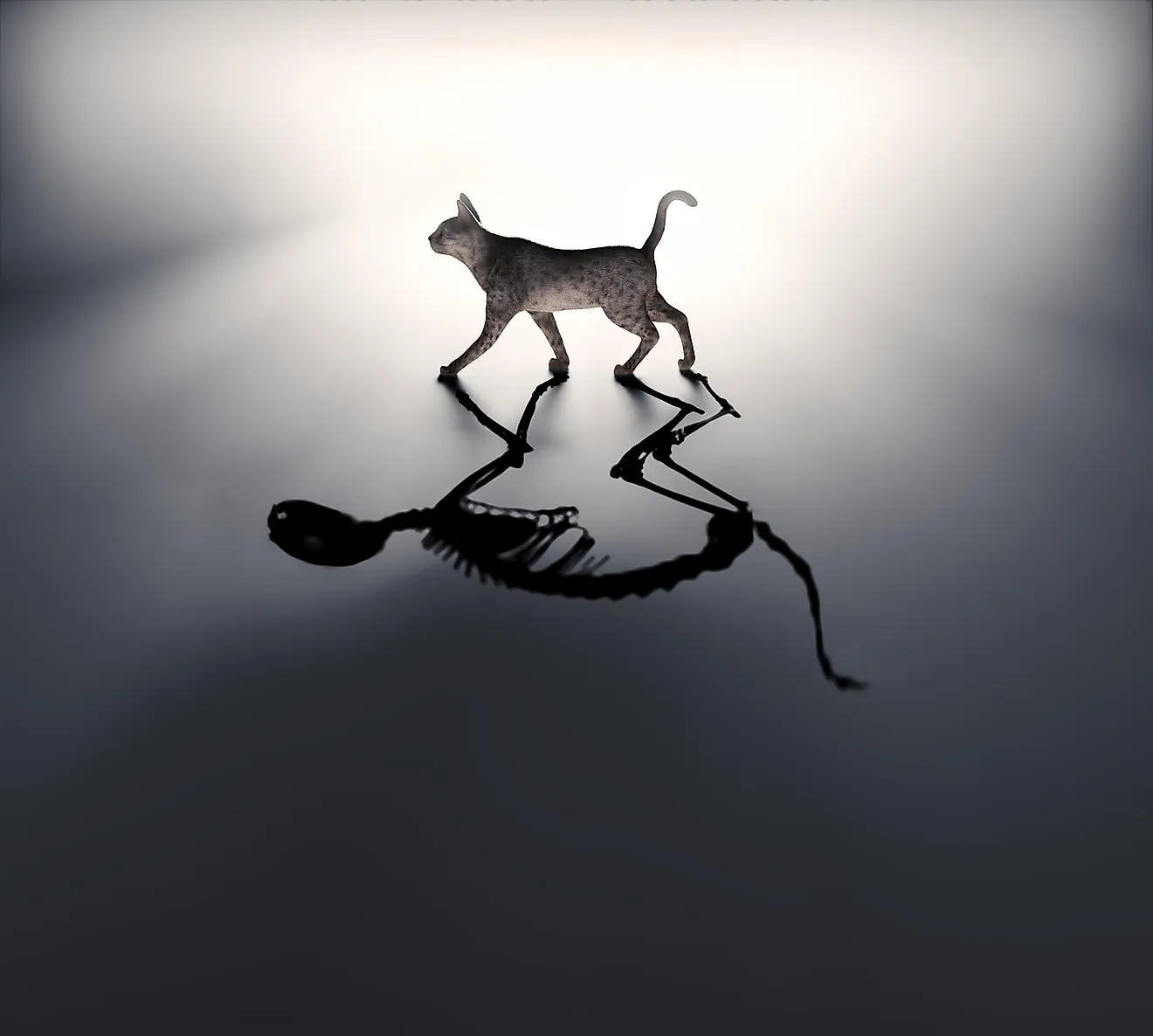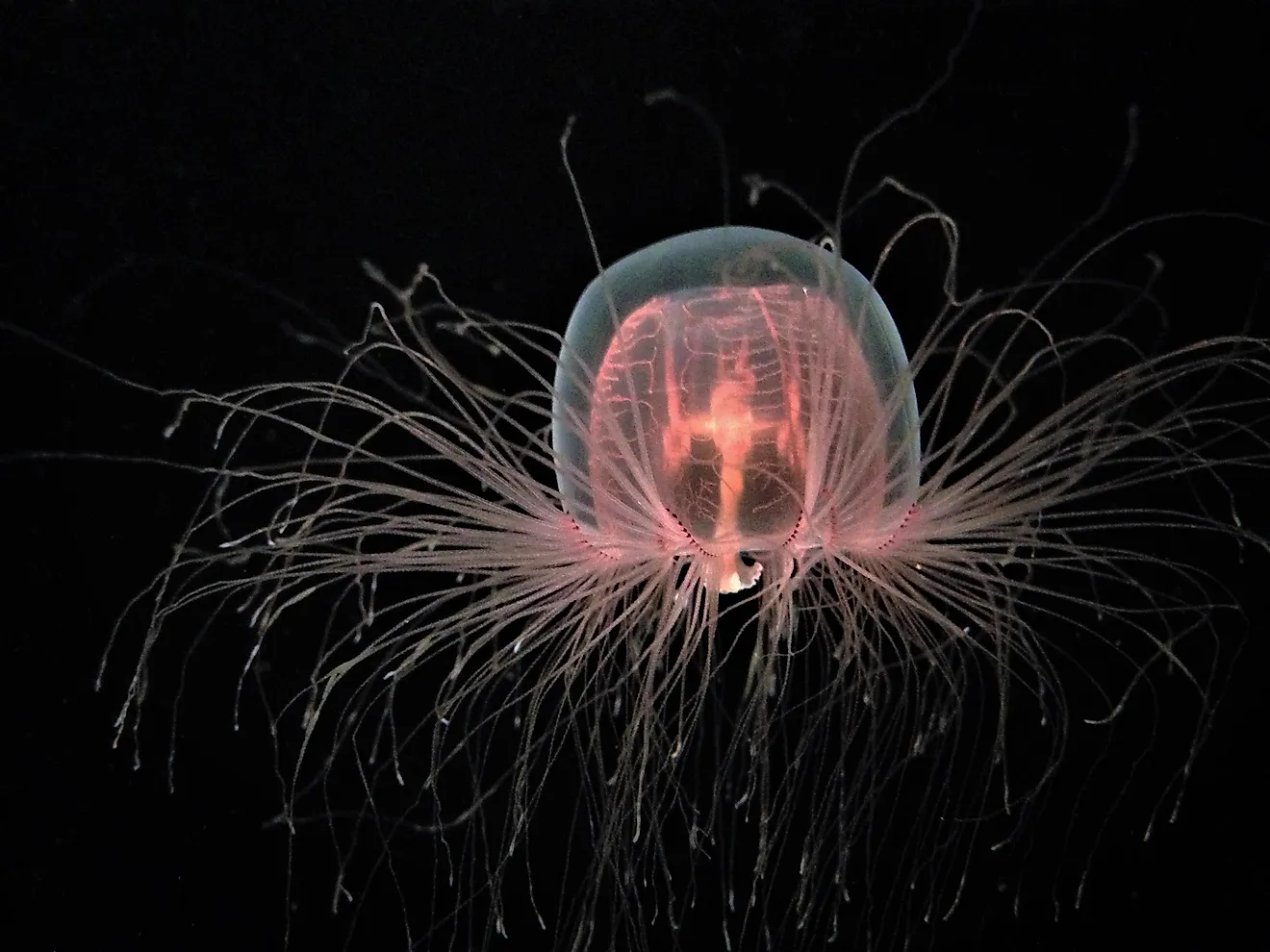What Is Schrödinger's Cat?

Schrödinger's cat is a concept that was deliberately created by a physicist from Austria, Erwin Schrödinger, as a counterstatement to Copenhagen's interpretation of quantum mechanics. In his experiment, which fortunately for all the feline species remained on a thought level only, the cat can be both alive and dead when certain experiment factors are deconstructed.
Quantum Mechanics And A Cat
Why did Schrödinger develop this thought construct in the first place? In 1935, he critiqued the way quantum mechanics scientists were explaining the state of an object. From the so-called Copenhagen interpretation, an object is able to exist in all possible configurations within a specific period. However, if we extrapolate that system to observation, all other options collapse, and we can see only one possible state of an object.
How did Schrödinger approach this problem? Well, he told people to imagine an experiment that involves: a cat, a bottle of poison, radioactive material, the Geiger counter, and a hammer all inside one box. The way he set up the rules is essential to understand the paradox that comes out of the possible results. The amount of radioactive material inside the box is so small that there is only a 50% chance that the Geiger counter would detect it in 60 minutes. If radiation was recognized, the hammer would fall and smash the bottle of poison, thus killing the cat.

Schrödinger claimed that, until we open the box and see what actually happened, the cat is both dead and alive. When an object takes that form, it is called a superposition. Of course, this was enough to point out the paradox that occurs in Copenhagen's explanation. The paradox is contained in the fact that the cat cannot be both alive and dead at the same time, and Schrödinger applied the whole critique to how quantum mechanics scientists offered their explanation.
Schrödinger's Concept Does Not Prove Anything
This experiment Schrödinger explained, in its essence, is not a legitimate one and did not actually prove anything. The Schrödinger's cat concept was used merely as a mechanism to explain the problems in interpretation quantum mechanics was having as a field. This kind of thinking was further embellished by Albert Einstein, who not only agreed with Schrödinger's explanation but extended the critique even further, asking the question: is the state of an object created only when it is under investigation at a specific moment?
From that period, there have been enough advances in the way quantum mechanics explain the state of an object. Now, it is documented how a quantum particle can collapse in almost any kind of interaction. Put shortly, together with Einstein, Schrödinger has implemented a fundamental view of thinking in modern science; the one which suggests that the change in state can come in many other ways, and not only when performed by a conscious observer, or a scientist. However, the theory in which the truth is in the eye of the observer is still very much used by scientists that take part in writing and thinking about filling the popular science category on the bookshelves.











